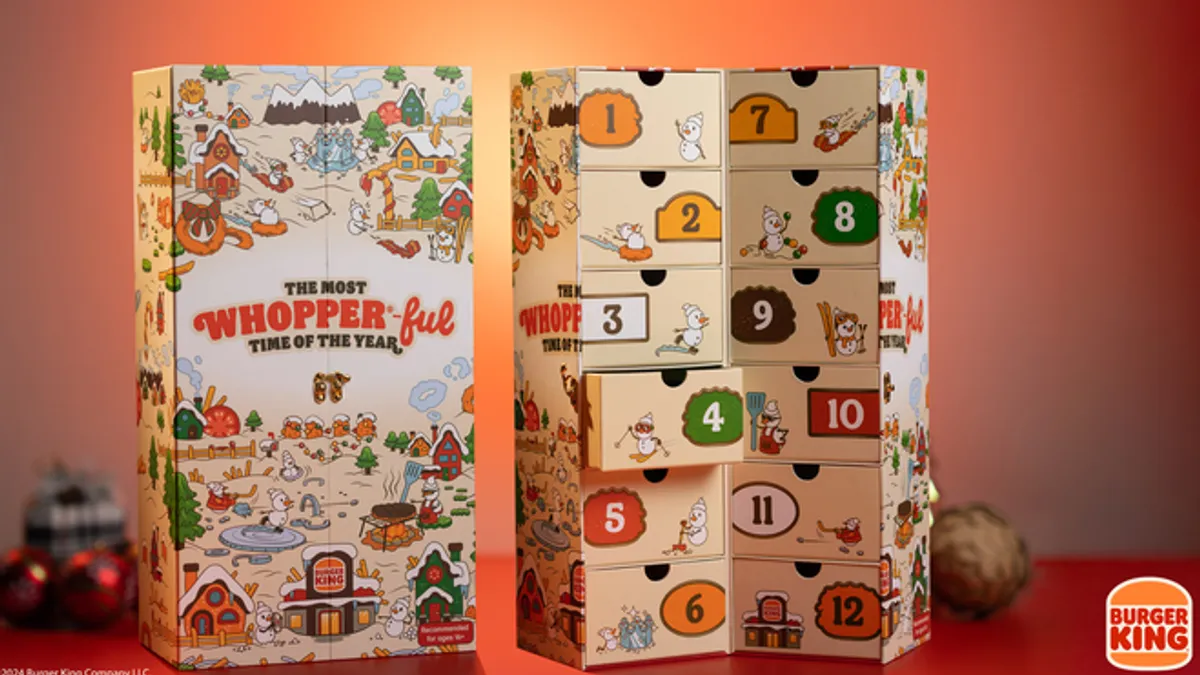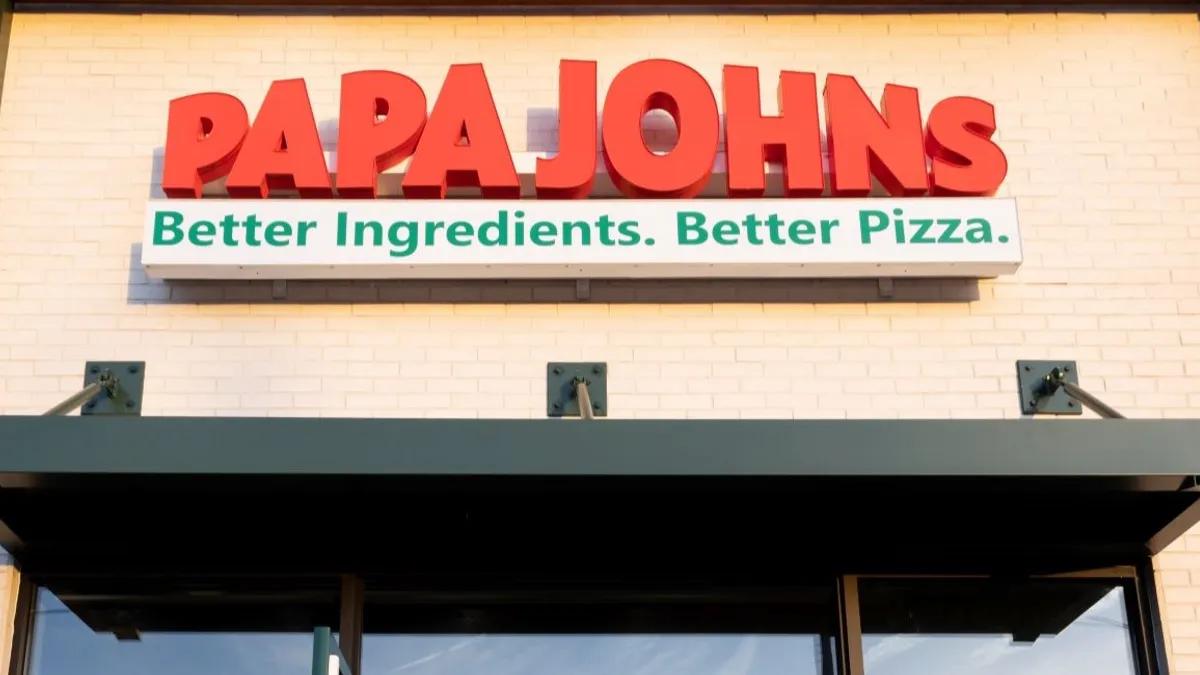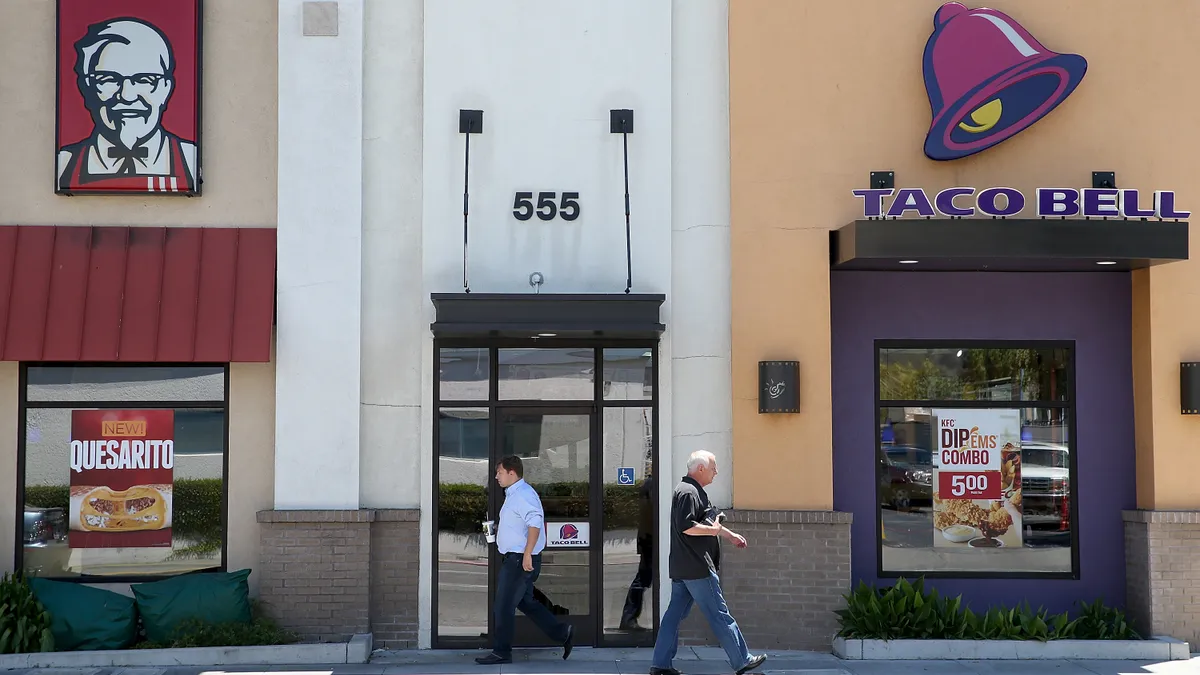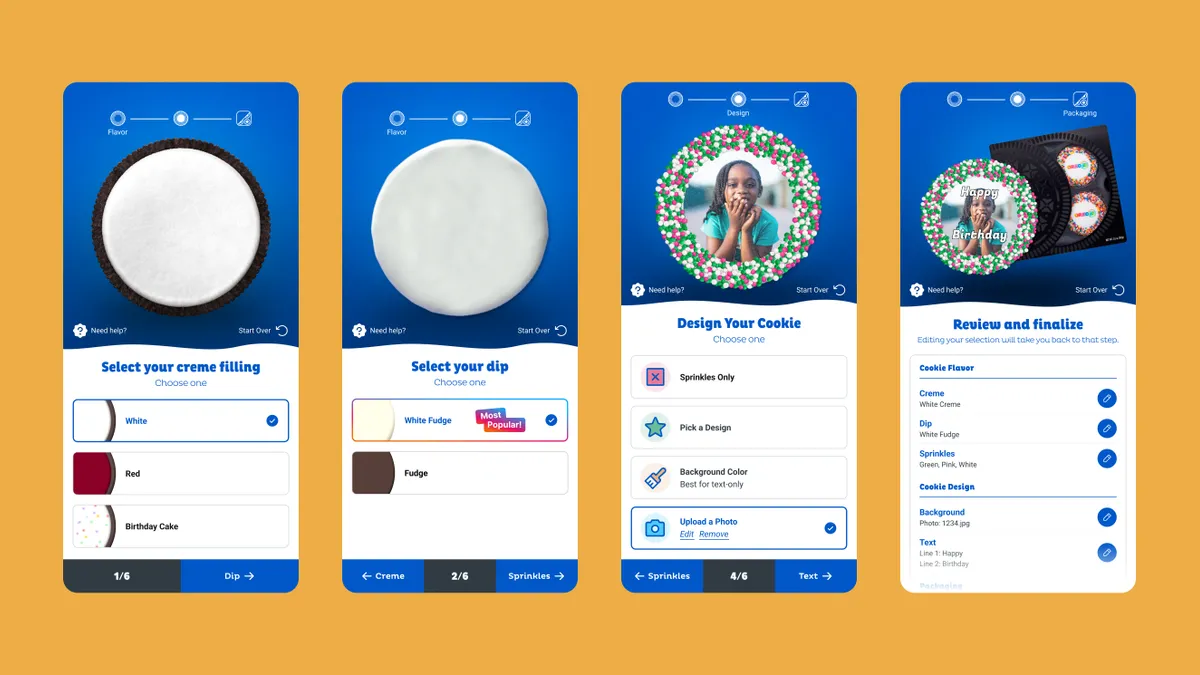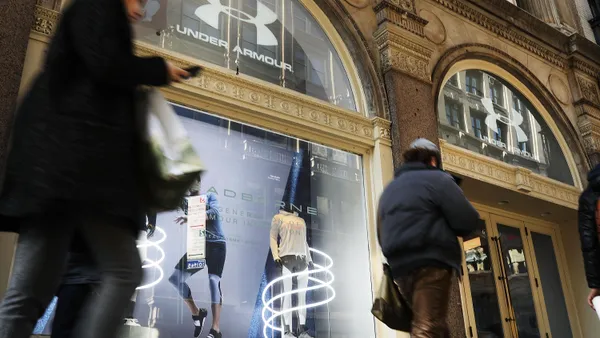The following is a guest post by Rachel Kronberg, global strategist at MullenLowe Group. Opinions are the author's own.
Nonfungible tokens (NFTs) have been making headlines for months. From multi-million dollar sales for a slice of internet history and auction houses (both old and new) hopping on the bandwagon to brands partnering with supermodels, it seems everyone's out to get a slice of the NFT action. The surge of interest in nonfungible tokens continues and marketers must ask, is this a passing technology fad or the future of entertainment and commerce?
The problems with NFTs
We need to address the hurdles that prevent brands from fully using NFTs. First: the environmental impact. Creating 300 NFT art pieces consumes the same amount of electricity that the average European uses in two decades. Second: the complexity. Making, buying and selling NFTs is an arduous task. CNBC's article on the subject requires 35 steps! Third: the exploitation. There are no mechanisms in place to ensure that an NFT of a piece of art was actually made by the artist, which means some work on the market could be fraudulent.
There will be solutions to these problems like clean energy, simpler processes and fraud crackdowns, but they aren't here yet. Brands that are aware of the risks and tread carefully down the NFT path will have an advantage over competitors.
Beware the bubble
Will NFTs revolutionize marketing? Not if brands only use the technology to produce mementos. This rush to NFTs is a bubble. Consumers who can't afford a $69 million Bepple art piece might settle for a $600 animated image of a gold-plated Pringles chip tube. But they likely won't buy a second NFT from Pringles because there is no use for it. It's quite depressing to think about a $600 JPEG sitting on someone's desktop screen.
Entering virtual worlds
A strong use case for NFTs lies in virtual worlds like Minecraft and Decentraland where consumers are building virtual lives for themselves. The virtual real estate industry is booming as consumers create everything from their dream homes to casinos. Brands across industries can help furnish these virtual environments by creating NFT furniture, appliances, packaged goods and food.
Dressing consumer avatars presents another opportunity that fashion brands are already capitalizing on. Limited-edition digital clothing, shoes and accessories allow consumers to show off their style and help designers express their creativity and develop new trends. Makeup, hair and other appearance-related brands can succeed in this space as trends continue to evolve.
Another opportunity for brands in digital worlds is socialization. Through their avatars, consumers can shop in virtual malls, visit virtual bars and restaurants, attend concerts and peruse museums. All of these spaces could allow brands to sell NFTs, collaborate with other companies and thrill consumers with experiences unbound by the limits of physical world.
However, virtual worlds are not without problems for brands. Unlike real-world products that expire or fall apart after continued use, virtual products remain intact forever. Brands need to prevent saturation of their NFT products or they will lose their value. Brands also must devise methods to drive continual purchases. One potential solution is for brands to engage with the game side of virtual worlds, where consumers purchase different tools and objects over time to reach the next level.
Disrupting how brands do business
As part of larger blockchain processes, NFTs have potential to disrupt existing ways of working. That is the case with loyalty and rewards programs. Currently, loyalty and rewards programs are built to meet company needs rather than consumer needs, but fail both groups. The programs are expensive to run and frequently experience time delays. Consumers are often inactive; they don't redeem rewards and they regularly leave the programs.
If loyalty and reward programs were set up on the blockchain, brands could cut costs and improve customer experience. Blockchain technology is designed for interoperability, which allows different software programs to seamlessly work with one another. This would mean consumers could access different loyalty programs from one digital wallet and use their rewards interchangeably. Splurging on a vacation could look like redeeming grocery store loyalty points for flights, rental car points for fancy dinners and credit card points for theater tickets.
NFTs are key to blockchain loyalty and reward programs. As NFTs provide traceable proof of ownership, they are a secure form of loyalty tokens, travel tickets, access keys to websites or authentication certificates.
Beyond loyalty and rewards, NFTs as part of blockchain systems are poised to change the way consumers buy homes, sell cars, share healthcare information and do many more things. Although NFTs are still new and the barriers to entry are high, brands who are able to overcome these hurdles will capture consumers attention and steer the direction of their industries.








